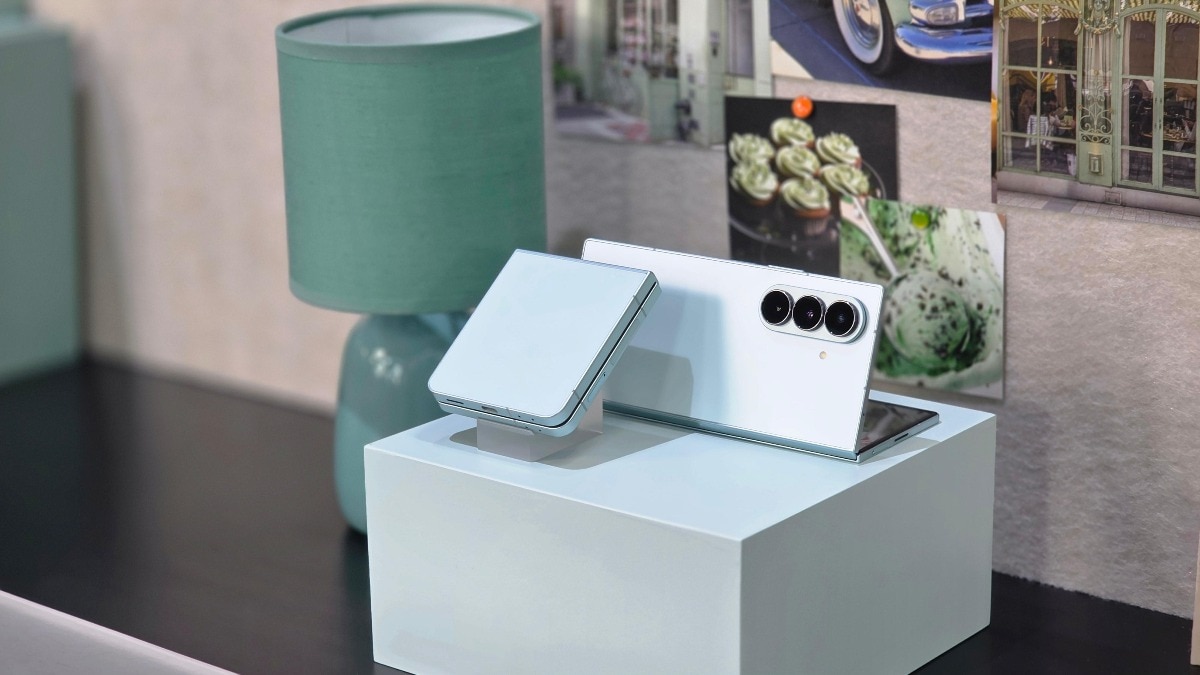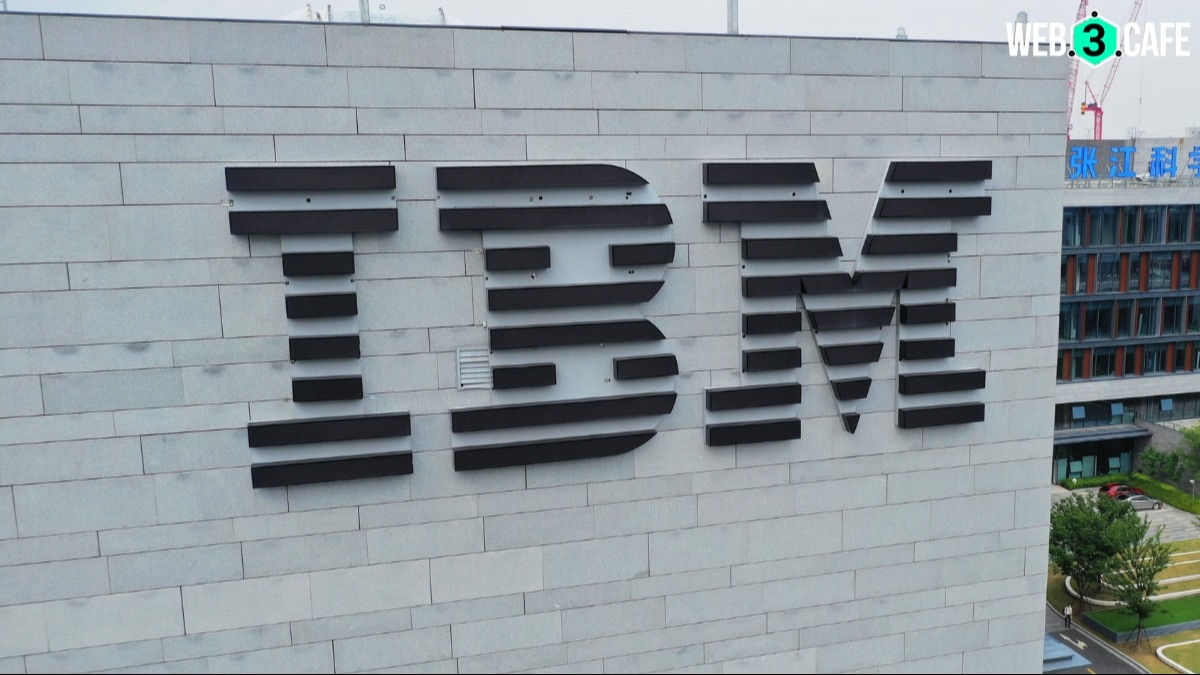Apple’s Vision Pro Mixed-Reality Headset Refresh
Apple is reportedly on track to introduce a significant update to its Vision Pro mixed-reality headset, with a new iteration anticipated later this year. As stated by Bloomberg’s Mark Gurman, the forthcoming model will maintain its core design while integrating a more powerful M4 chip and an enhanced strap for increased comfort.
Overview of the Original Vision Pro
The initial Vision Pro, released globally last year, primarily targeted developers and early adopters. Priced at $3,999, its weight and cost have restricted its wider consumer acceptance. The impending refresh showcases Apple’s responsiveness to initial user feedback, particularly regarding comfort during prolonged use and overall performance.
Performance Boost with the M4 Chip
At the centre of this upgrade is the M4 chip, which also powers the latest iPad Pro. In contrast to the older M2 processor found in the first-generation Vision Pro, the M4 chip promises enhanced performance, smoother multitasking, and elevated AI capabilities, particularly beneficial for demanding applications within visionOS.
Additionally, Apple is testing a version of the M4 equipped with an advanced Neural Engine featuring more than 16 cores. If this enhancement is realised, it would mark a milestone for a non-Ultra Apple chip and could greatly improve on-device intelligence.
Redesigned Strap for Enhanced Comfort
While the overall design and display system of the headset will largely remain intact, Apple is planning to introduce a newly redesigned head strap. This adjustment aims to tackle complaints related to neck discomfort, allowing for longer and more comfortable wearing periods.
This refresh is not slated to make significant alterations to the price or fundamentally change the form factor. Instead, it is intended as a minor update, refining the existing Vision Pro until more substantial upgrades materialise in future iterations.
visionOS 26 Introduces Exciting Features
Alongside the hardware enhancement, Apple will also unveil visionOS 26, the newest version of its operating system tailored for spatial computing. This software will introduce features such as virtual widgets and eye-tracking-based scrolling, enhancing the overall fluidity and intuitiveness of the experience. These advancements are expected to complement the more potent M4 chip, enhancing the user experience significantly.
Future Prospects for the Vision Line
Apple is actively pursuing long-term innovations. A lighter, more budget-friendly variant of the Vision Pro, potentially titled Vision Air, is reportedly in the works and could debut around 2027. This model is anticipated to significantly reduce both weight and cost, paving the way for broader adoption among consumers.
Furthermore, Apple is exploring the development of its first pair of smart glasses, similar to Meta’s collaboration with Ray-Ban, with an expected release timeframe of 2027. These glasses could feature gesture control, AI-driven environmental awareness, and even integrated video recording capability.
At this moment, Apple appears dedicated to enhancing its flagship headset while simultaneously laying the foundation for a wider augmented reality future.









